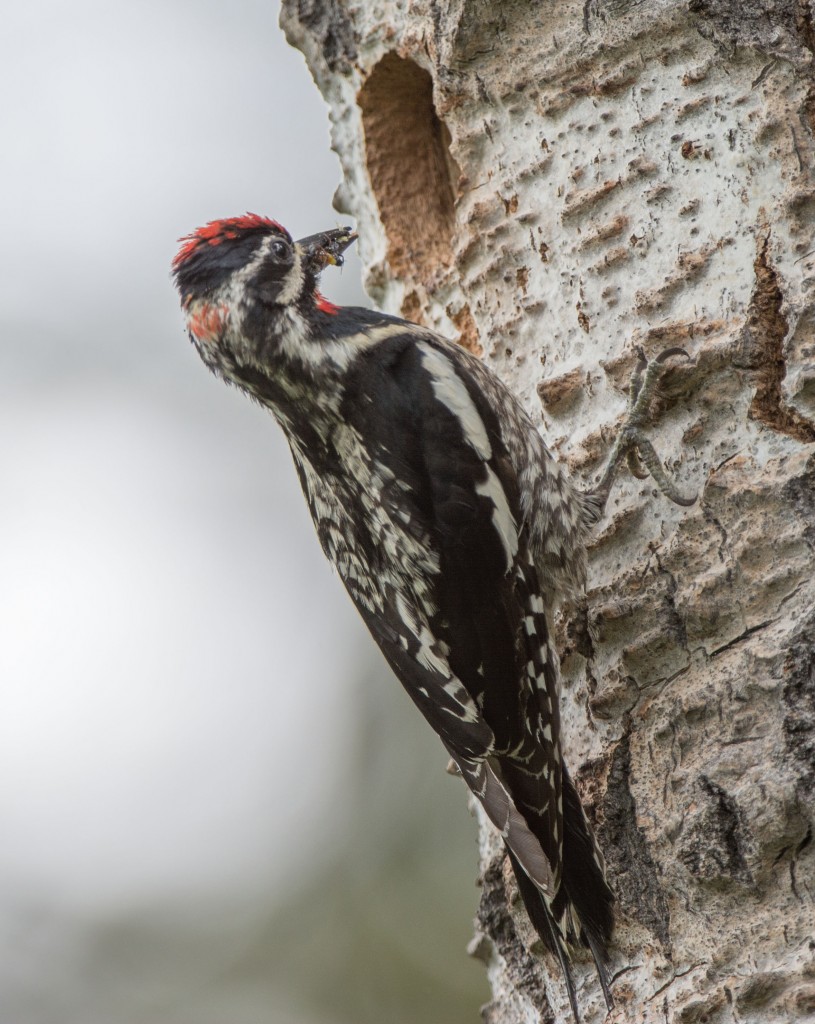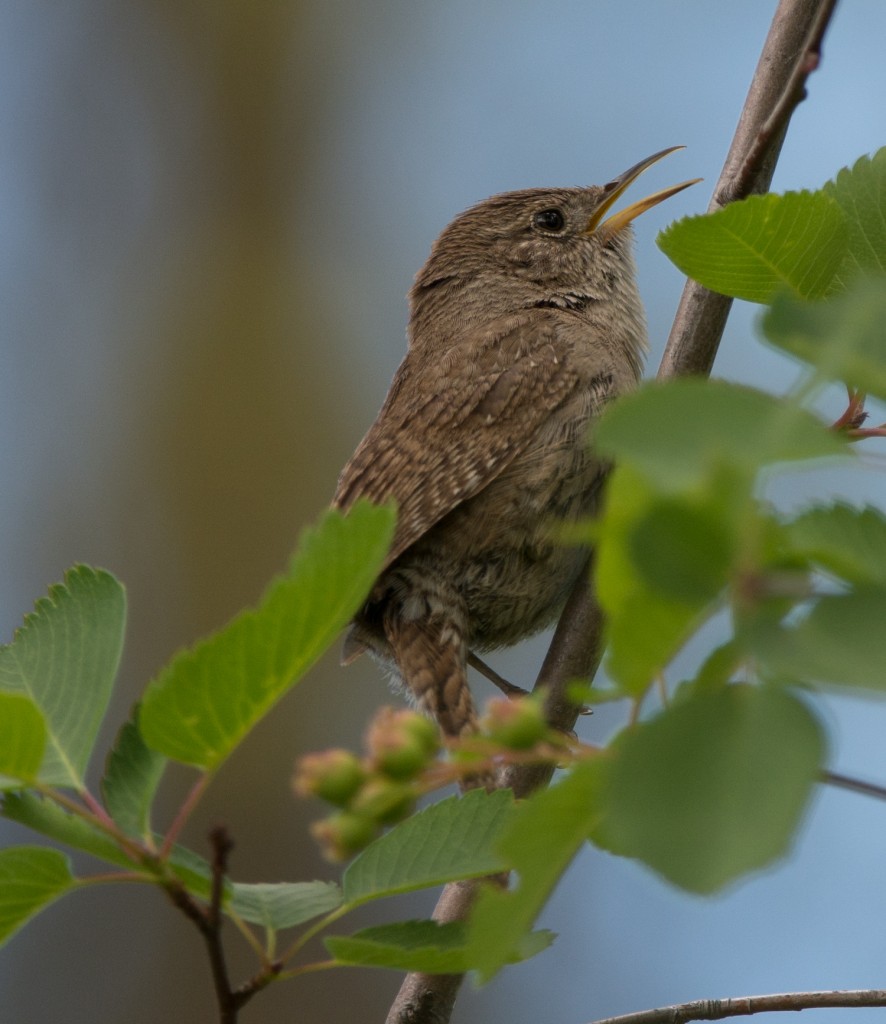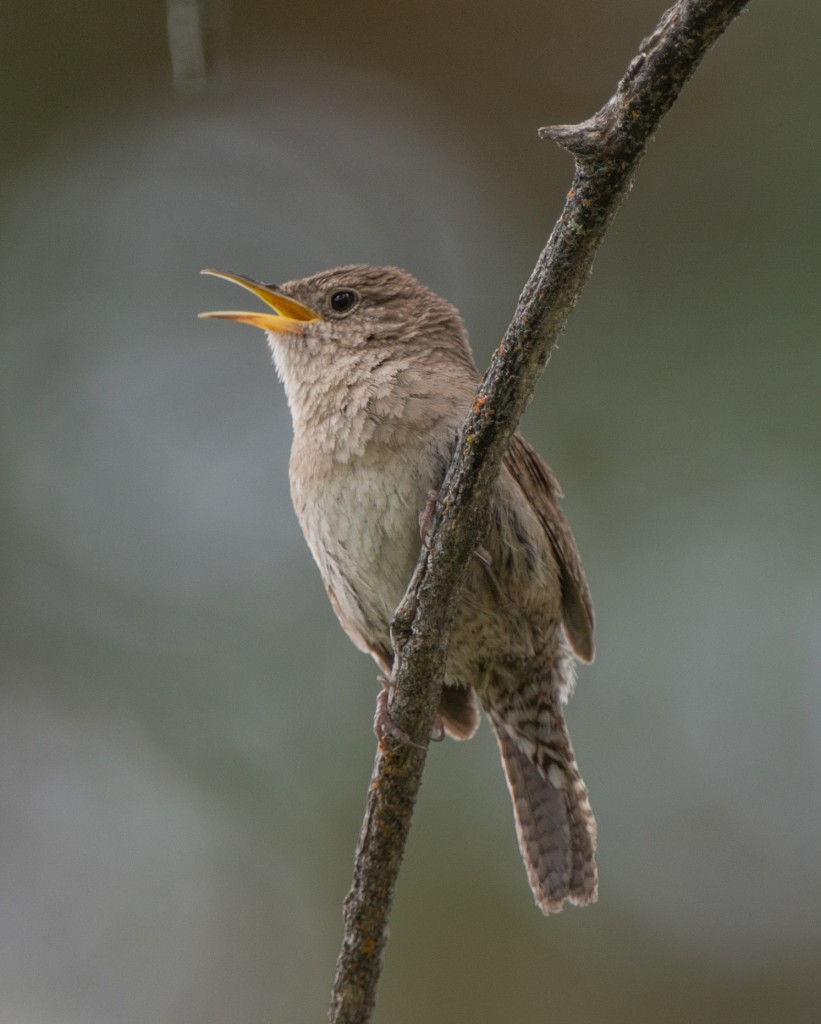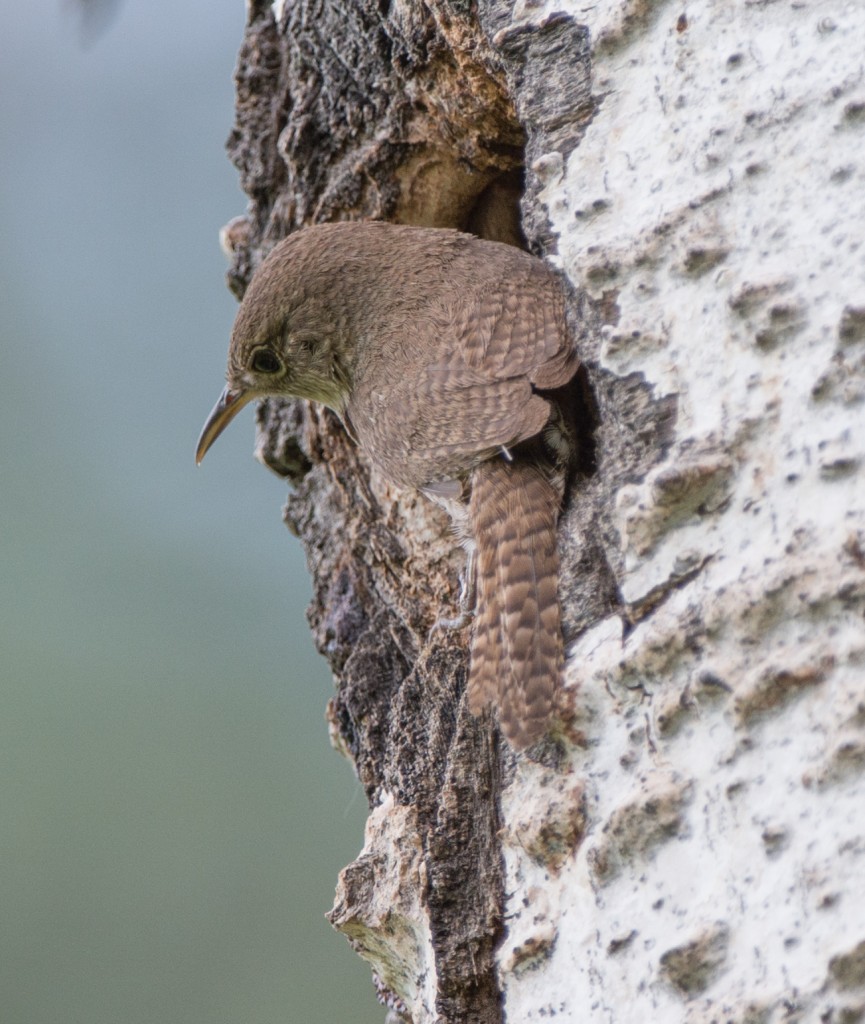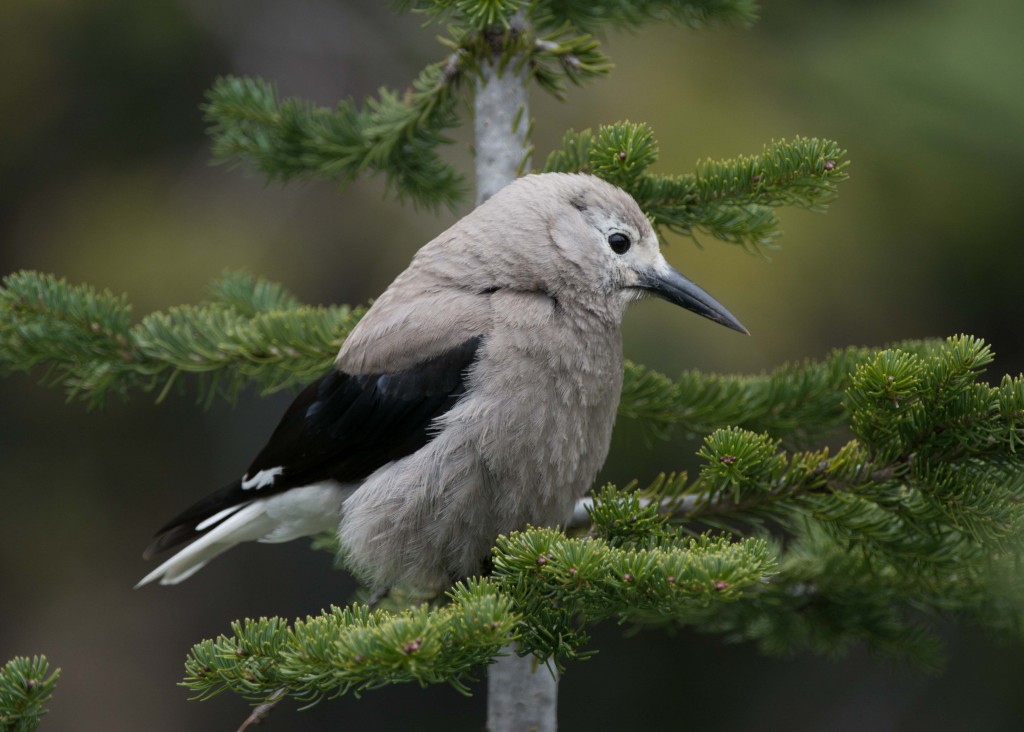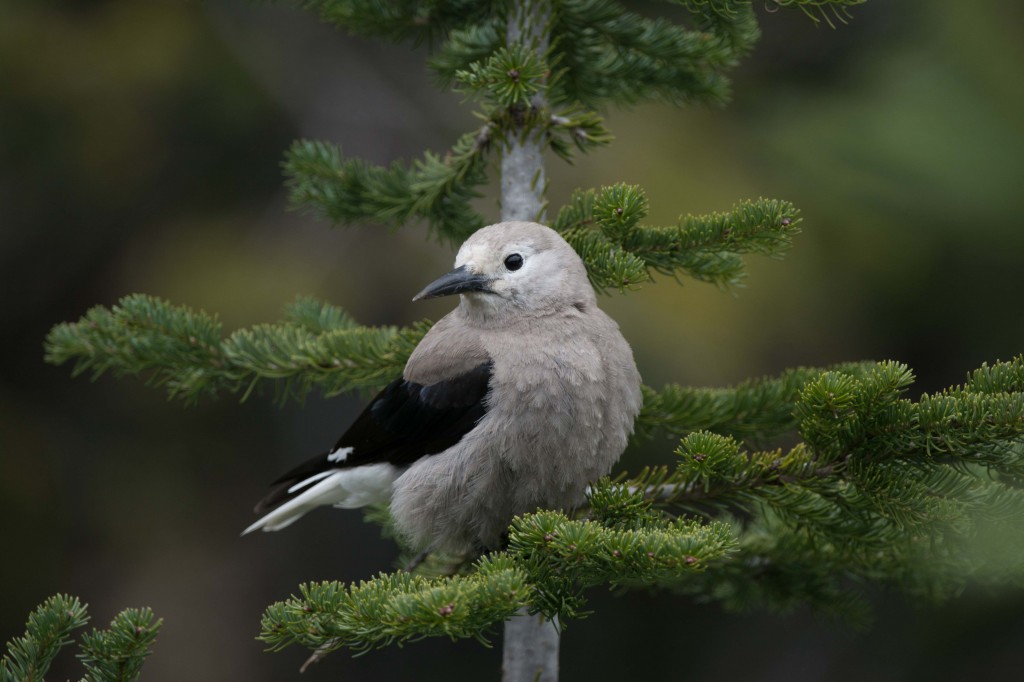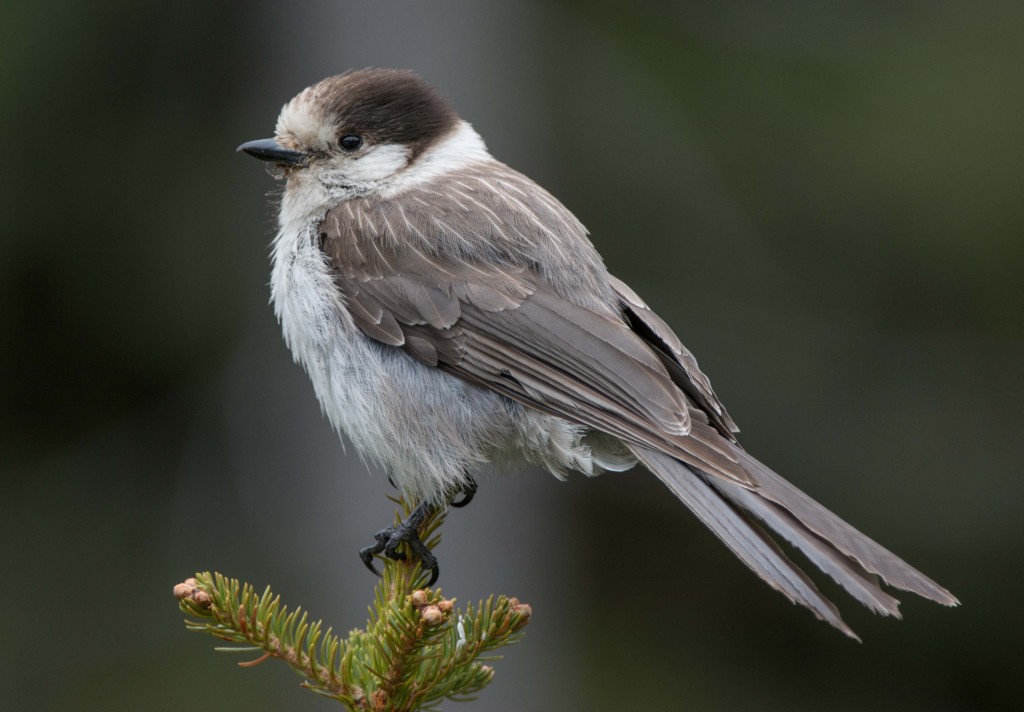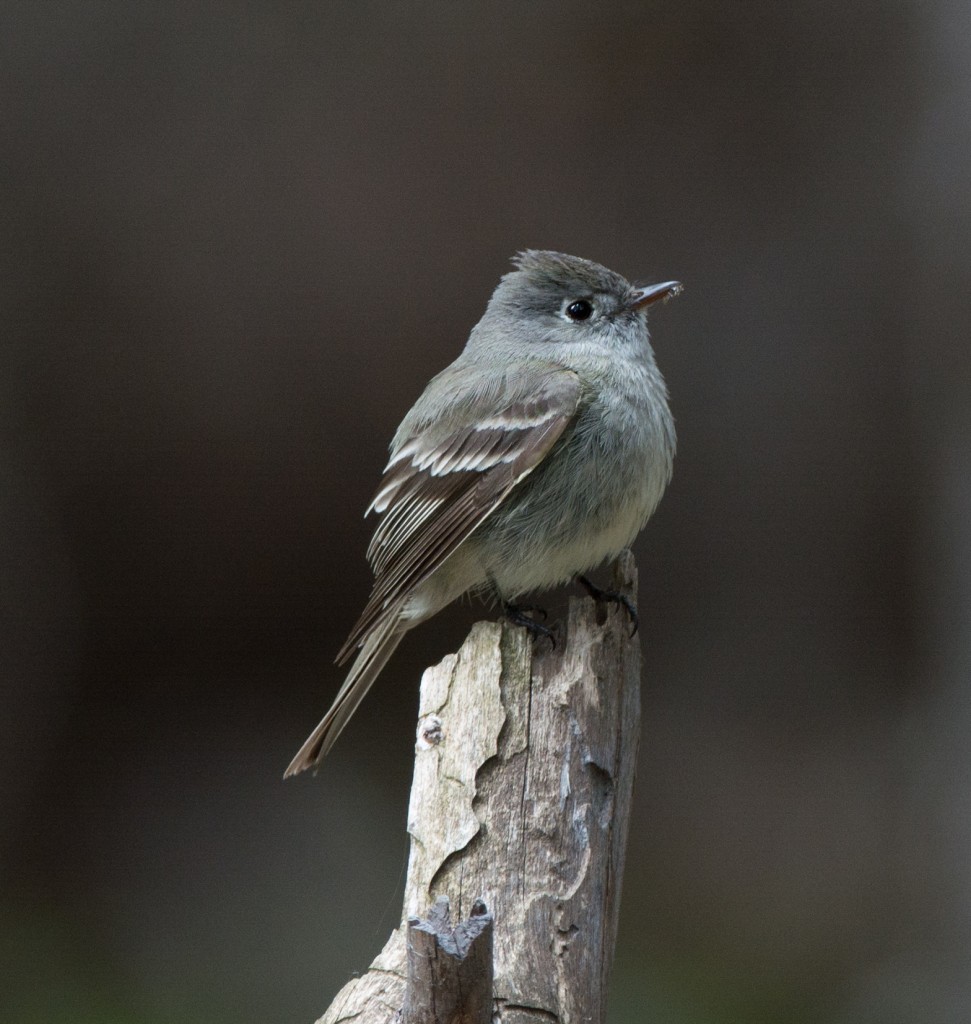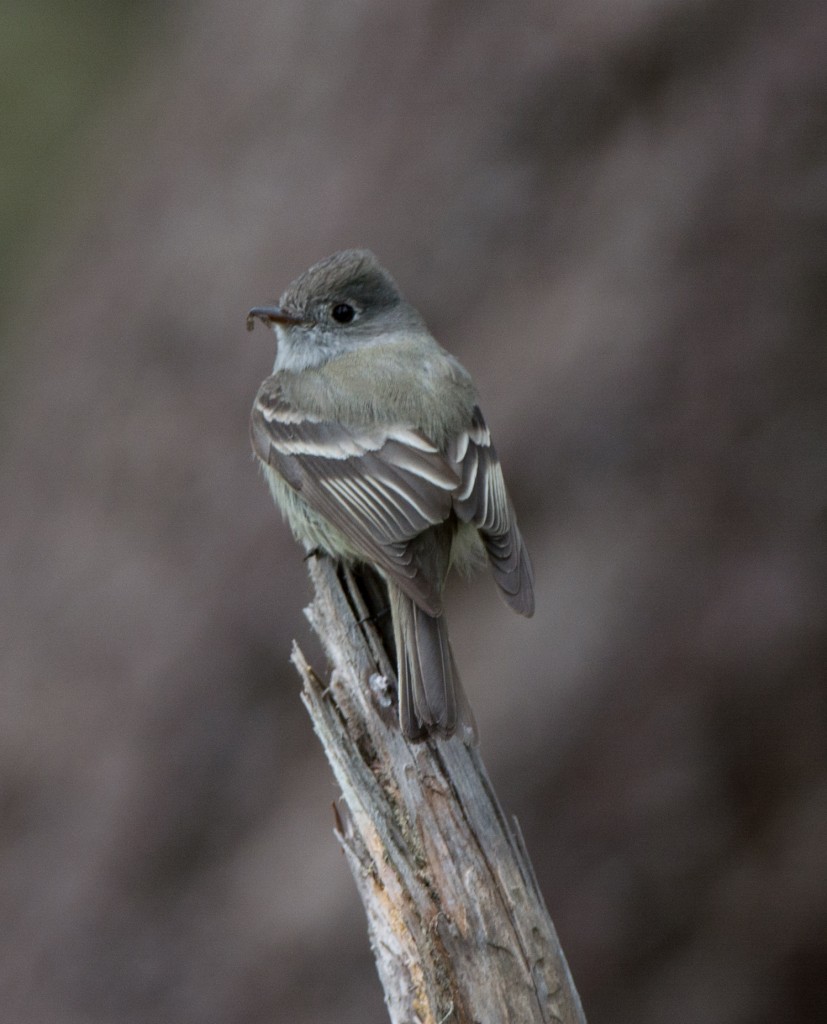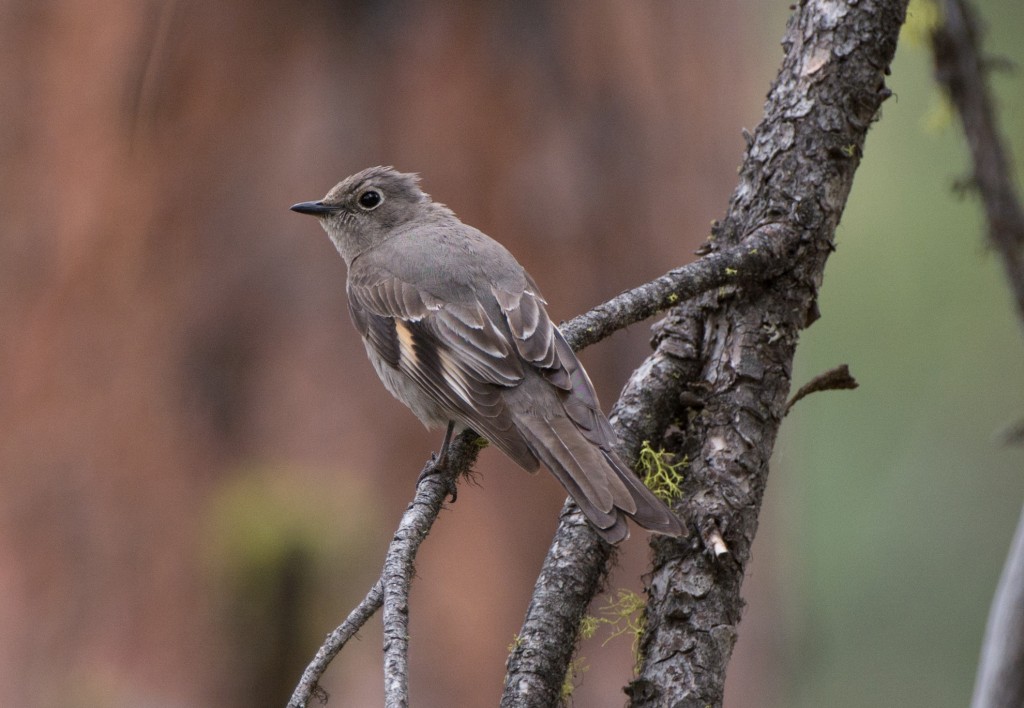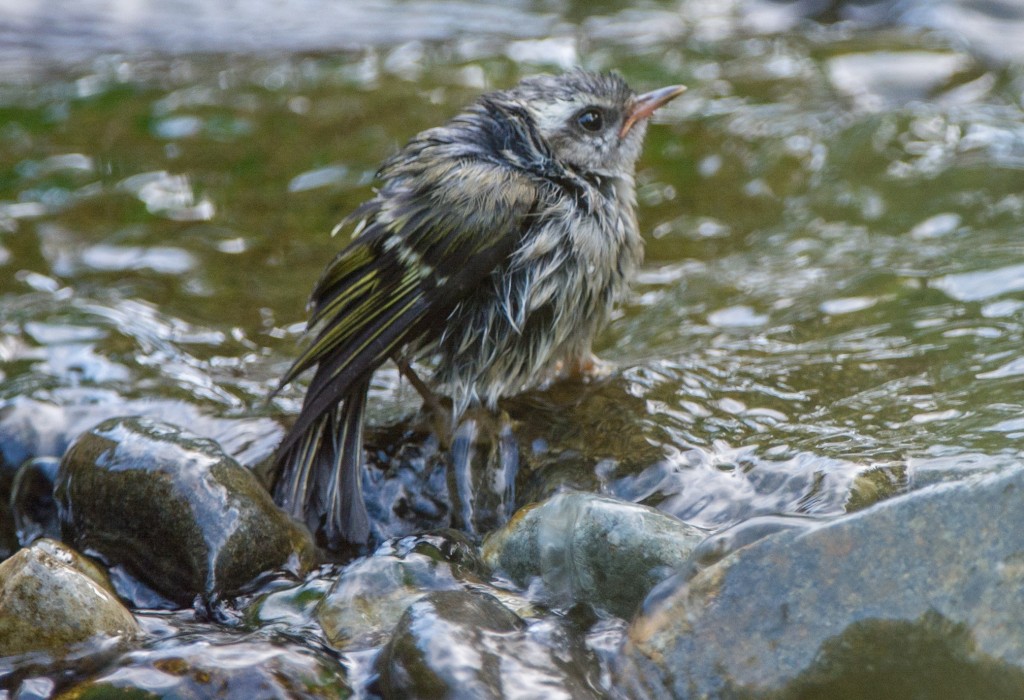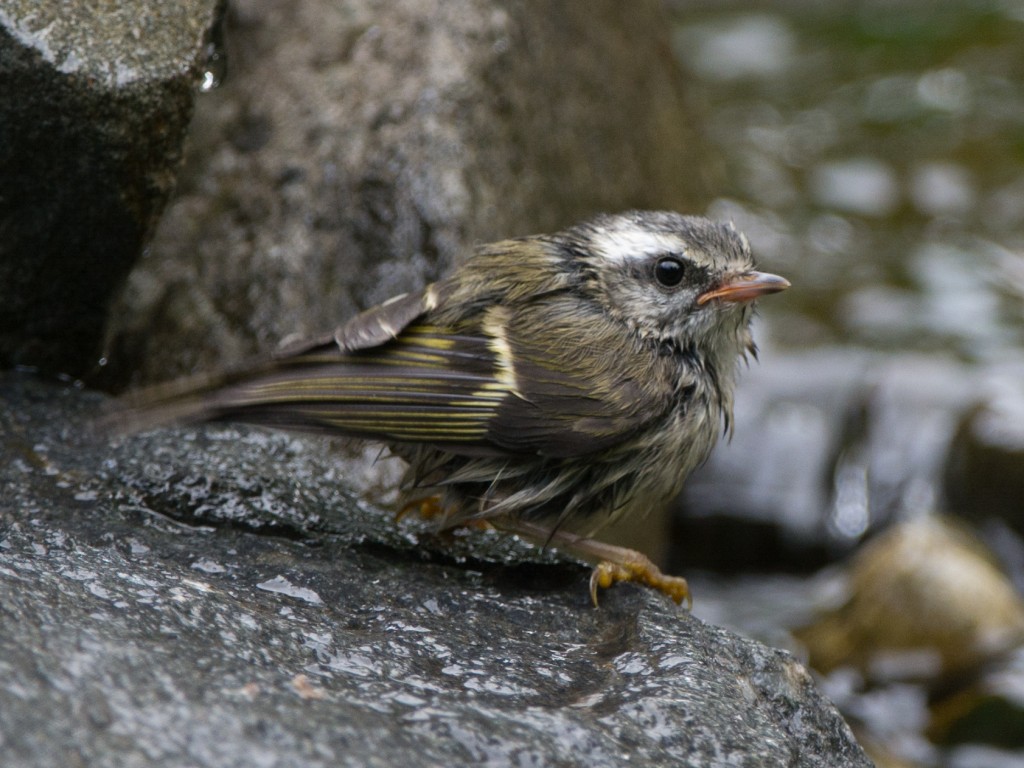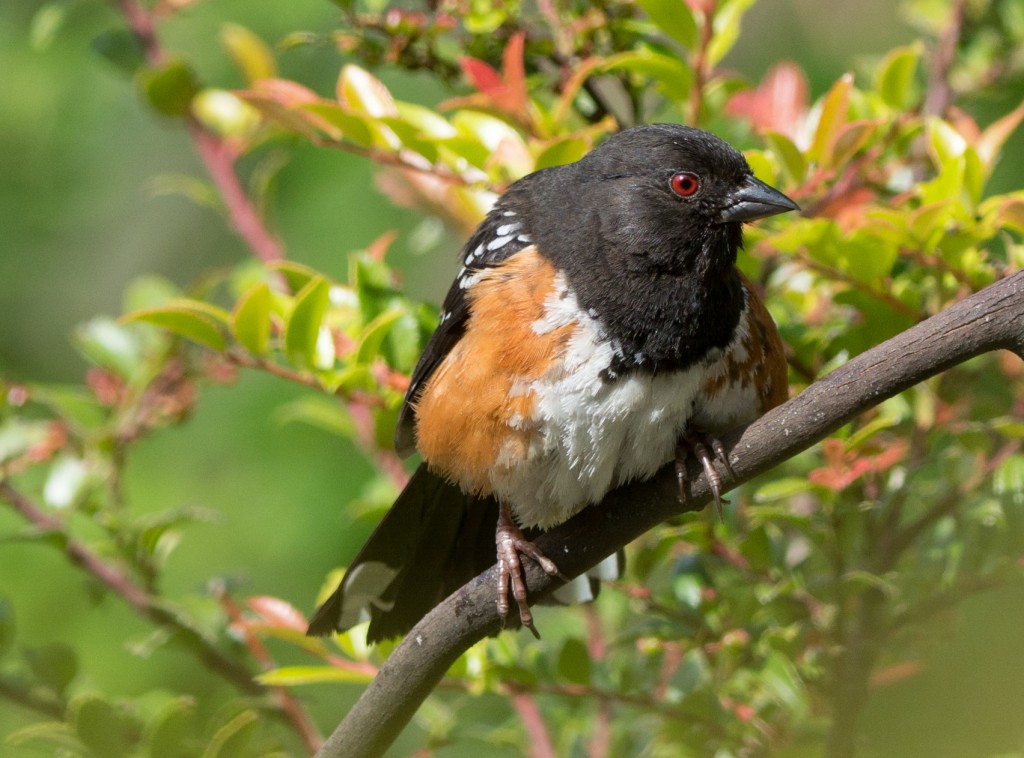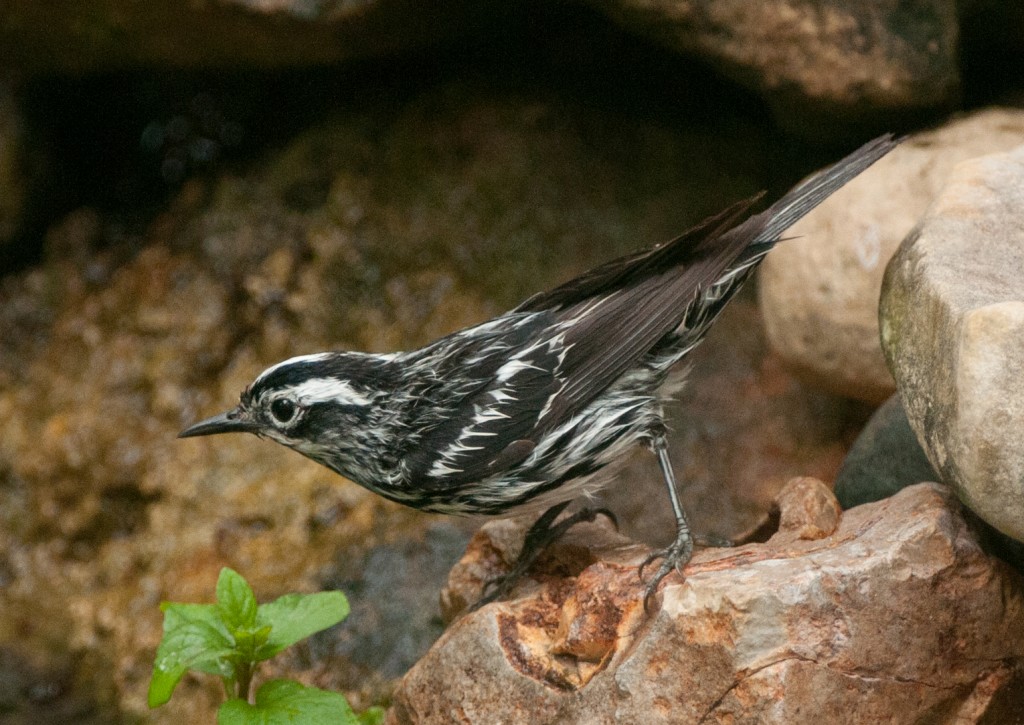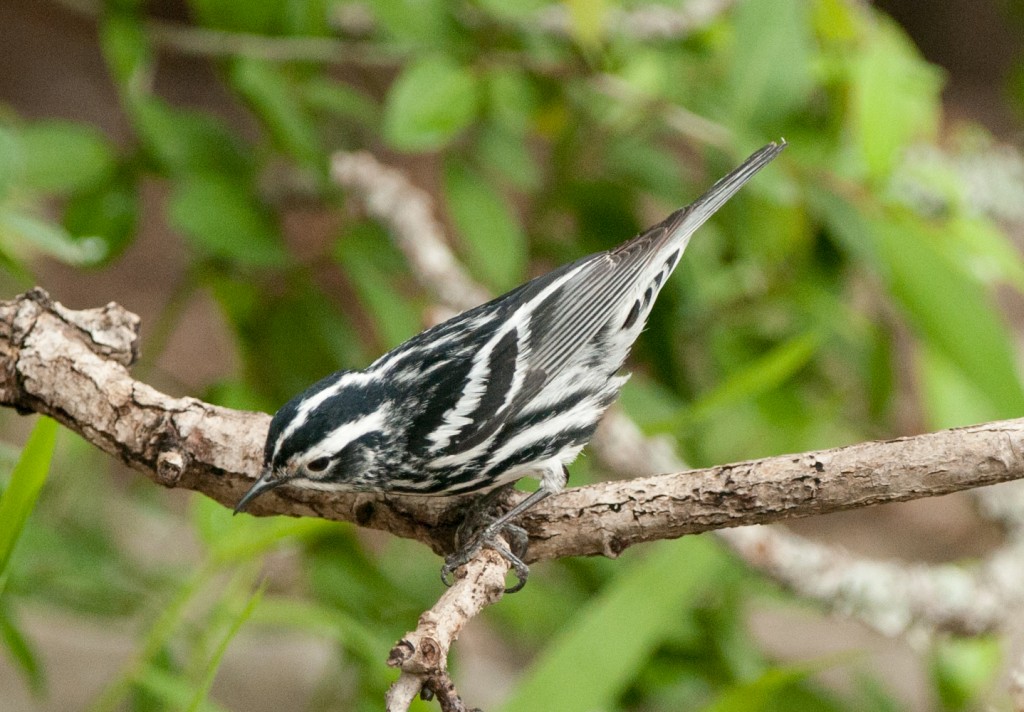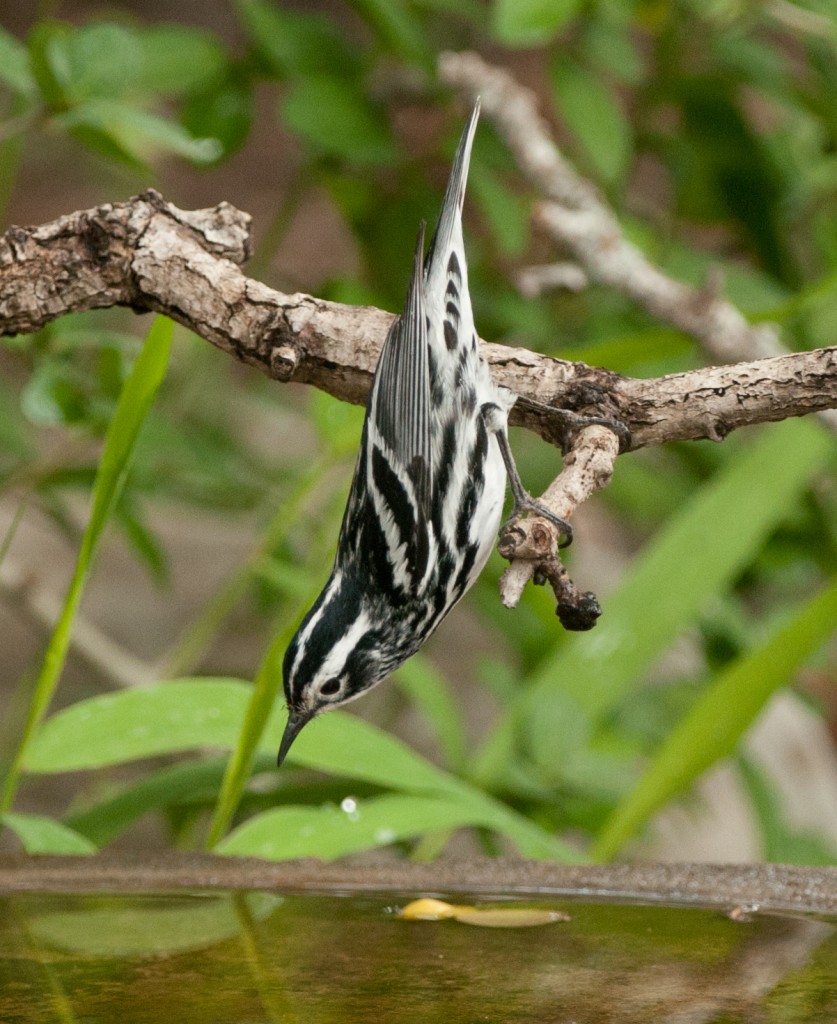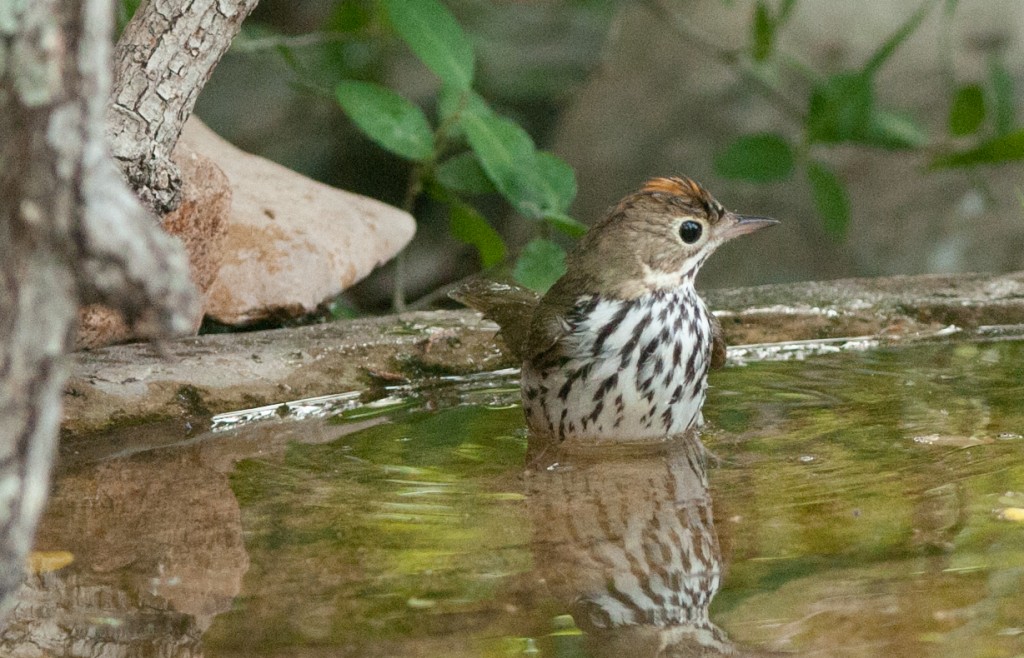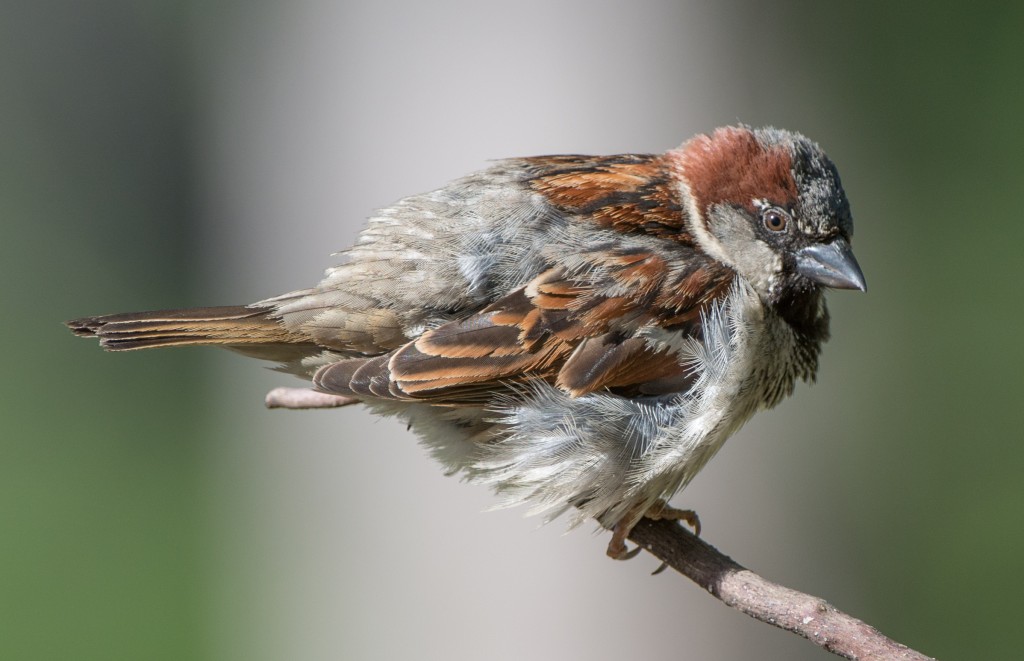
On my last morning in Texas I attempted to install a 1.7X tele-converter on my camera which would give me additional magnification for my photography. I had a problem with my bayonet mount on my camera and found that not only could I not install the tele-converter, but I could no longer get my Nikkor 200-400mm lens to lock on the camera… and the automatic focus would not work. (I later discovered that my camera had apparently been damaged when putting it, with the large lens attached, into the overhead bin in the plane while using a new transport case. (This was a very expensive lesson!!!)
The day after arriving back home I was back in Seattle again to see about getting the camera repaired. After leaving the camera I sauntered over to the sales end of the business to ask a few questions and ended up purchasing a Nikon D7100 to replace the D300S I was sending back to Nikon. The new camera operates at 24-megapixels… twice the resolution of the old camera and I’ve had excellent results. However it means that I will be facing additional storage problems since I try to keep all of my digital images on my notebook (with external hard drive backup). So since about May 25, 2013 I’ve had a new, improved camera and all the photos you see posted on my blog from now on will have been taken with it.
And the male House sparrow pictured above is not without significance. A large percentage of the birds in my yard consist of House sparrows, Pine siskins and Amercian goldfinches. I have a lot of other visitors, but they are often difficult to pick out from the crowd. And you might think that I would grow weary of photographing a bird that I, and many others, consider a ‘trash bird’. However I just can’t stop photographing any birds and I gradually learn not only more about the birds but also about photography. And sometimes a photograph is just plain, blind luck!
You’ll get to see a lot of what I consider relatively rare yard birds in the coming posts, but this photograph of the sparrow just reminds me that there’s always something to appreciate, even in the relatively mundane. I consider this one of the better of probably several hundred photos of House sparrows that I have. This bird had taken a bath only a short time previously and was in the process of adjusting its feathers when I snapped the photo. And if you enlarge the photo by clicking on it you can see some of the detail I obtain with the new camera.

